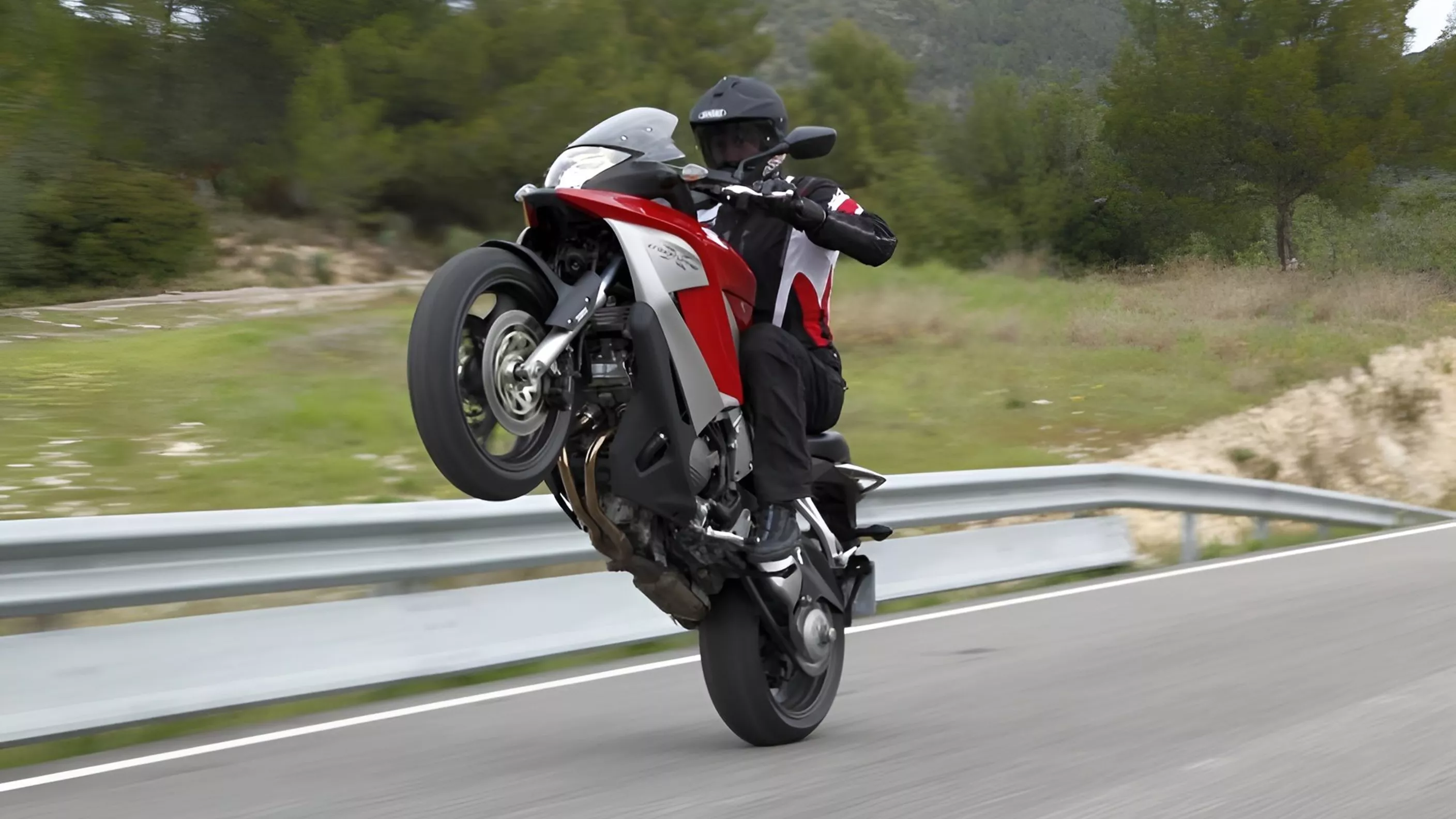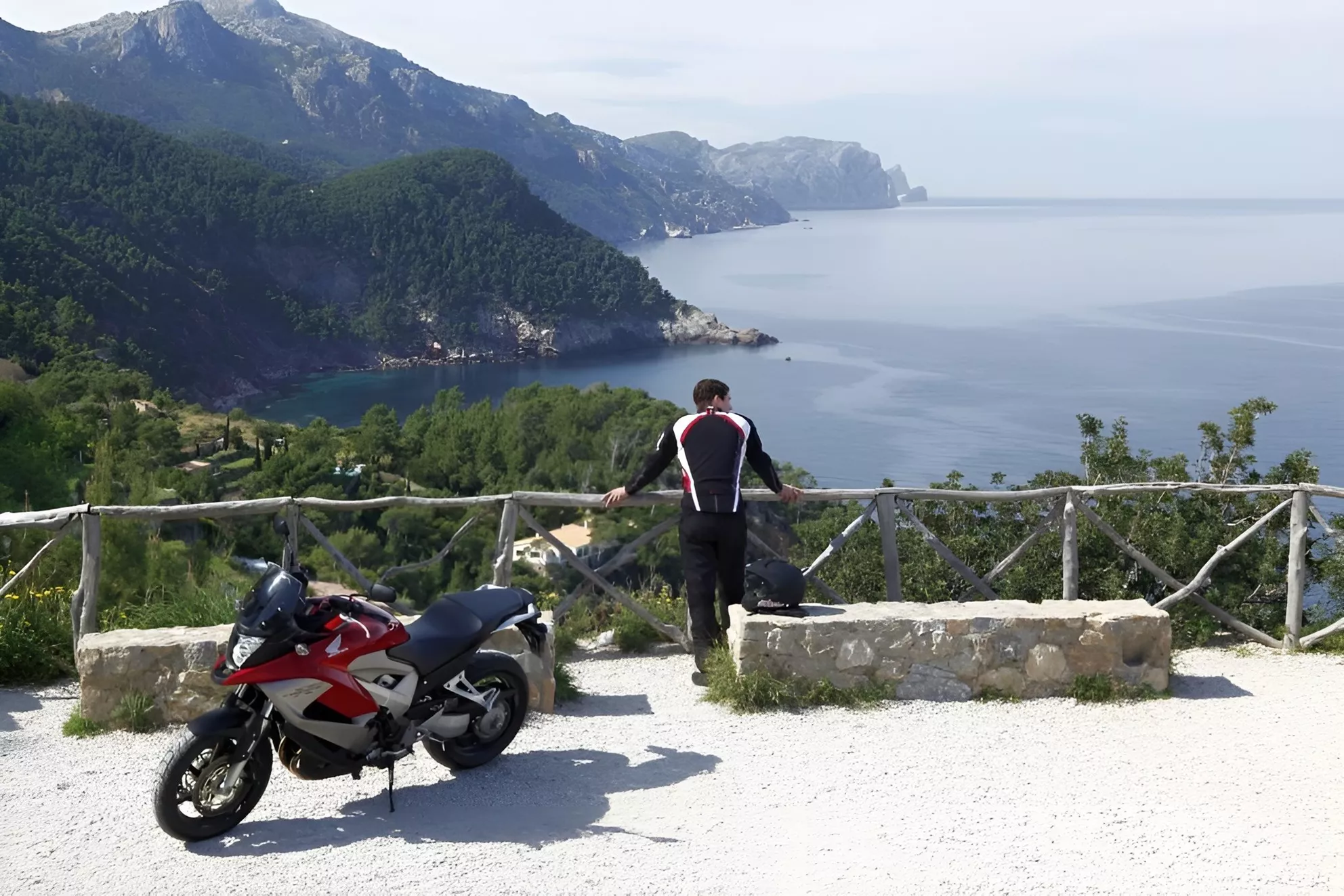It's hard to believe that my first encounter with the Honda Crossrunner was already 14 years ago. In April 2011, I landed in Mallorca with mixed expectations in tow. The initial press photos had left me skeptical—on paper, the new Honda concept seemed a bit bulky and cumbersome. But as is often the case, first impressions can be deceiving. When I saw the bike in the Mediterranean morning sun on the parking lot of our base camp, it was a different story. Sleeker, more graceful, more harmonious. Only from a front angle did the aesthetics remain peculiar—the price for fitting a true V4 engine into this innovative crossover concept.
Honda took a pragmatic approach back then. No marketing fluff, no legendary model history to lean on—just the result of plain market research. It was meant to be a bike that could handle many purposes at once. A jack-of-all-trades for those who don't have the luxury of pulling out a different motorcycle for every occasion. This honesty impressed me even back then.
What not only impressed but absolutely surprised me was the engine. On paper, the 102-horsepower V4 seemed unremarkable, yet on Mallorca's winding roads, it became an emotional highlight. The engine roared heart-rendingly through the mountain landscapes, with a rev range stretching from way down low up to a dizzying 12,000 rpm. In a class where single-cylinder or twin-cylinder engines were the norm, this refined four-cylinder was completely out of the ordinary—in the best possible way.

&width=72&height=72&bgcolor=rgba_39_42_44_0&mode=crop)

&width=60&height=60&bgcolor=rgba_39_42_44_0&mode=crop)